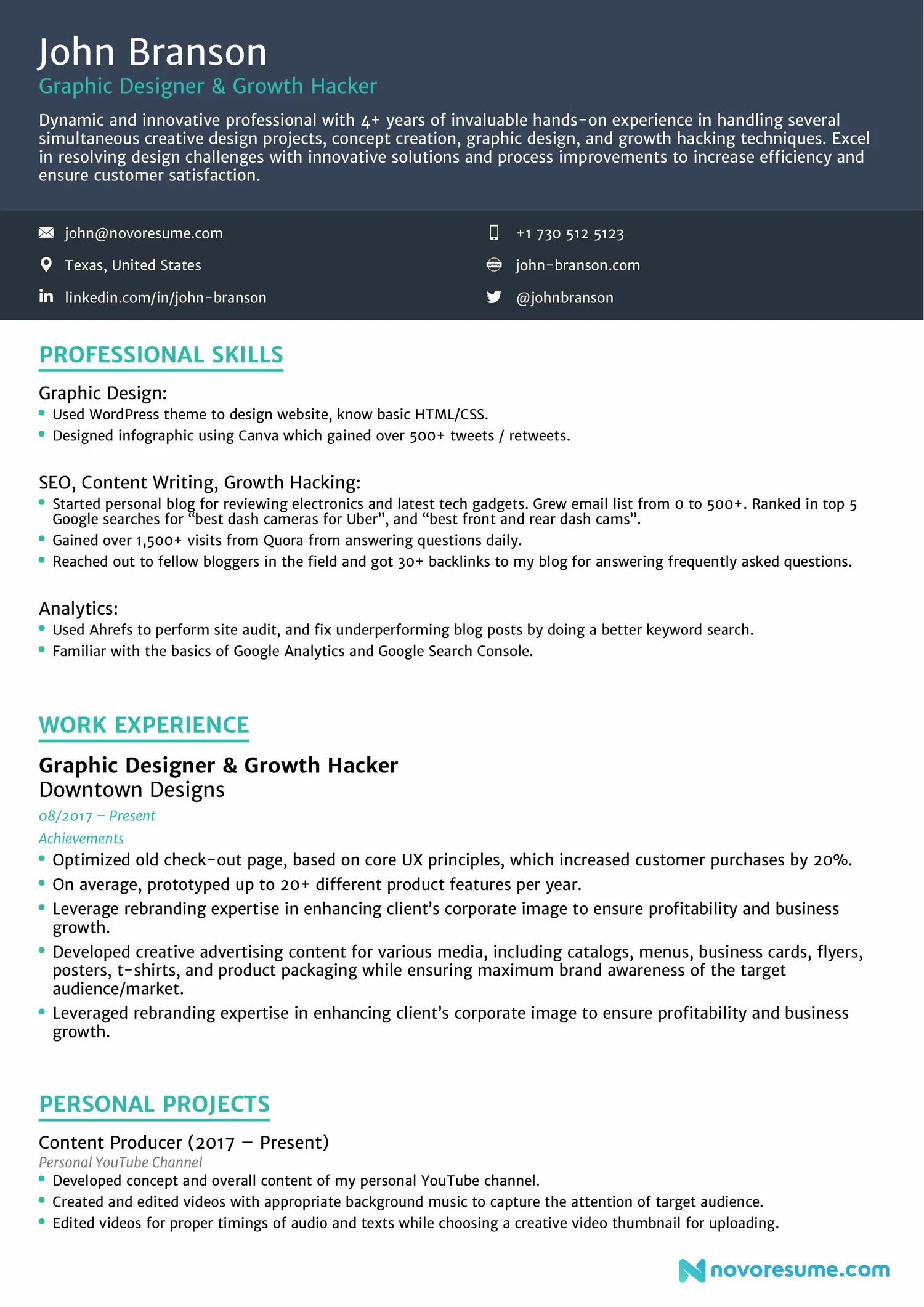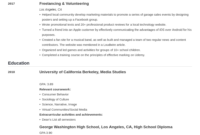Embarking on a career change can feel like stepping into uncharted territory, full of exciting possibilities but also a fair share of unknowns. One of the biggest hurdles many people face is how to effectively translate their past experiences and skills into a compelling narrative that resonates with a completely new industry or role. Your traditional CV might not quite hit the mark, leaving recruiters wondering how your background fits their needs.
This is where a strategically designed CV becomes your most powerful tool. It’s not just about listing your work history; it’s about reframing your journey, highlighting your transferable strengths, and demonstrating your potential for success in a different landscape. Getting the structure and content right can make all the difference in catching a hiring manager’s eye and securing that crucial first interview for your new path.
Crafting Your Career Change CV: Shifting Focus
When you’re making a professional pivot, your CV needs to tell a new story – one that focuses less on your direct experience in the target industry and more on the valuable, adaptable skills you’ve gained throughout your career. Think about the core competencies that are universal across many fields, such as problem-solving, communication, leadership, project management, or customer service. These are your goldmine, and your CV must bring them to the forefront. Instead of simply listing duties from your previous roles, think about the challenges you overcame, the initiatives you led, and the positive outcomes you achieved, even if they were in a completely different context.
A powerful personal summary or professional profile at the top of your CV is absolutely essential for a career changer. This section acts as your elevator pitch, succinctly explaining your career aspirations and, more importantly, bridging the gap between your past experience and your future goals. It’s your chance to directly address the transition, stating why you’re making the change and how your existing skills make you a strong candidate for the new role, even without direct experience. Don’t shy away from your career change; embrace it and explain your motivation clearly and concisely.
You’ll want to reframe your work experience entries to emphasize achievements and responsibilities that are relevant to your desired new field. For instance, if you’re moving from teaching to project management, focus on your abilities to manage classrooms, develop lesson plans (which are essentially project plans), or communicate complex ideas clearly. Use action verbs that resonate with your target industry. If there are any gaps in your employment or periods dedicated to learning new skills, be prepared to address them positively, perhaps framing them as a period of personal and professional development aimed at facilitating your career transition.

Remember that a CV for a career change is an exercise in strategic storytelling. You’re not hiding your past; you’re selectively presenting it to align with your future. This might mean adjusting the traditional chronological format slightly, perhaps by dedicating more space to a “Skills” section or including a “Relevant Projects” section if you’ve done any self-study or volunteer work in your new field.
Key Elements to Highlight
Beyond the Basics: Tailoring Your Template for Impact
Once you have a solid foundation for your career change CV, the next crucial step is customization. No two job applications should receive the exact same CV. Each job description is a treasure map to what the hiring manager truly needs. Take the time to carefully read through the requirements and desired qualifications, then weave those keywords and concepts into your CV where appropriate. This isn’t about fabricating experience; it’s about optimizing your language to demonstrate how your existing skills and experiences align with what they’re looking for. This tailored approach significantly increases your chances of passing initial Applicant Tracking System (ATS) scans and making a strong impression on human readers.
Quantifying your achievements is powerful, even when discussing seemingly unrelated past roles. Instead of just saying you “managed a team,” state “managed a team of 10, improving project completion rates by 15%.” Even if your past role wasn’t directly in your new target industry, numbers speak volumes about your impact, efficiency, and ability to deliver results. Think about budgets you managed, processes you improved, sales targets you hit, or even the number of clients you served. These concrete examples demonstrate capability that transcends industry specifics.
Don’t overlook additional sections that can bolster your case, especially when you’re transitioning careers. Volunteer work, personal projects, online courses, certifications, or even participation in relevant industry groups can provide tangible evidence of your commitment and growing expertise in your new field. These sections can fill in gaps where direct professional experience might be lacking, showing initiative and a proactive approach to learning and development. They demonstrate that you are actively building the skills and knowledge required for your desired role.
Finally, remember that the goal of your CV is to get you an interview. It’s a marketing document, not an exhaustive autobiography. Keep it concise, focused, and visually appealing. Always proofread meticulously to catch any typos or grammatical errors, as these can detract from an otherwise strong application. Consider getting feedback from a mentor or a friend who works in your target industry; their insights can be invaluable in refining your message.
Navigating a career change is an exciting journey of growth and discovery, opening doors to new challenges and opportunities. While it might seem daunting to reintroduce yourself professionally, remember that your diverse background is a unique asset.
By thoughtfully crafting your CV, focusing on transferable skills, and presenting your aspirations clearly, you can effectively showcase your potential and enthusiasm for your new path. A well-prepared cv template for career change is your key to confidently stepping into your next professional chapter, ready to embrace the future you’re building.
